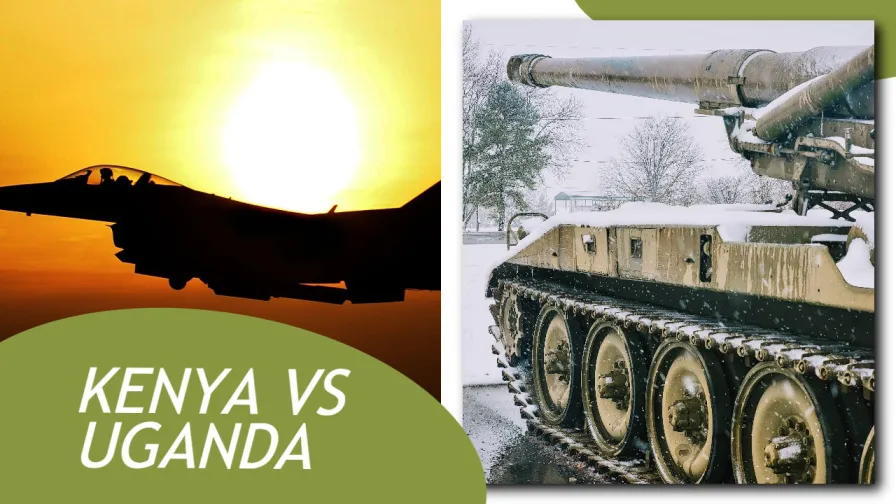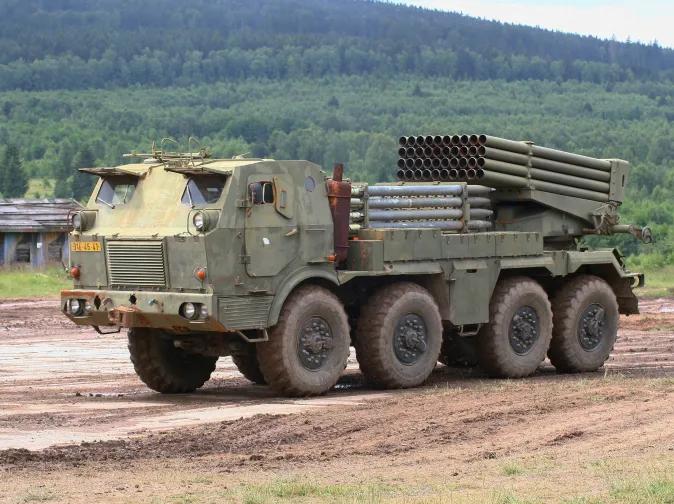Let’s start with the Air Force because it is the most significant at the start of the war.
Every war between two countries begins with the deployment of fighter jets to knock out important targets such as airfields, military bases, roads and bridges, air defenses, and advancing troops.
However, Uganda’s fighter jets are better than Kenya’s.
Uganda operates Russian-made Sukhoi SU30MKK or Flanker G by NATO, incorporating advanced avionics from the Russian more advanced fighter Sukhoi 57.
Sukhoi SU30 was developed by Russia in partnership with India, giving rise to the Sukhoi SU30 MKI, operated by the Indian Airforce, and Su30MKK, operated by China, Uganda, Indonesia, Venezuela, and Vietnam.
Sukhoi SU30 was the successor of the Russian Sukhoi SU27, the direct challenger of the USA’s McDonnell Douglas F15 Fighting Falcon.
In turn, the USA developed the F15 as a replacement for the F-14 Tomcat, which replaced the Northrop F-4 Phantom, which was of the same era as the Northrop F-5 fielded by Kenya.
Based on this analysis, Kenya Air Force’s main fighter, the F-5 Tiger, is at least four generations behind Uganda’s SU 30MKK.
Compared by age, Kenya’s Northrop F-5 was developed in 1962 compared to Uganda’s Sukhoi Su30MKK, developed in 1997, a difference of 35 years.
It’s a “4th generation multi-role Air superiority fighter” that even the United States fears.
Russia uses Sukhoi SU-34 and SU-57 as the main fighters, which are the upgraded version of Sukhoi Su30 that Uganda uses.
Meanwhile, Kenya’s primary fighter jet is the second-generation Northrop F5 fighter, which was active in the 1970s.
This junk belongs to a museum, not in the skies. The only significant country operating F5 as the main fighter jet is Iran, which is banned from buying newer jets.
So far, Kenya has six fighter jets, and Uganda has 5.
However, one of Kenya’s F-5 crashed on its own, so KDF also has 5 F5s against UPDF's five latest fighter jets.
Kenya’s F5 is more likely to kill Uganda soldiers with tetanus than bombing them.
Additionally, Su-30 has beyond visual range (BVR) kits, meaning it can spot Kenya's F-5 flying tetanus coffins before they can see it.
That means Uganda can deploy SU-30 along the border and knock out Kenya’s F5 before they even leave the airfield.
This is one of the areas where the global firepower index gets it wrong because although Kenya has many non-fighting jets, such as transport planes, general-purpose helicopters, trainers, and special missions, it fails to field a modern fighter jet.
So Kenya ends up having more airplanes than Uganda in the global firepower index, although they cannot help it win air-to-air combat.























